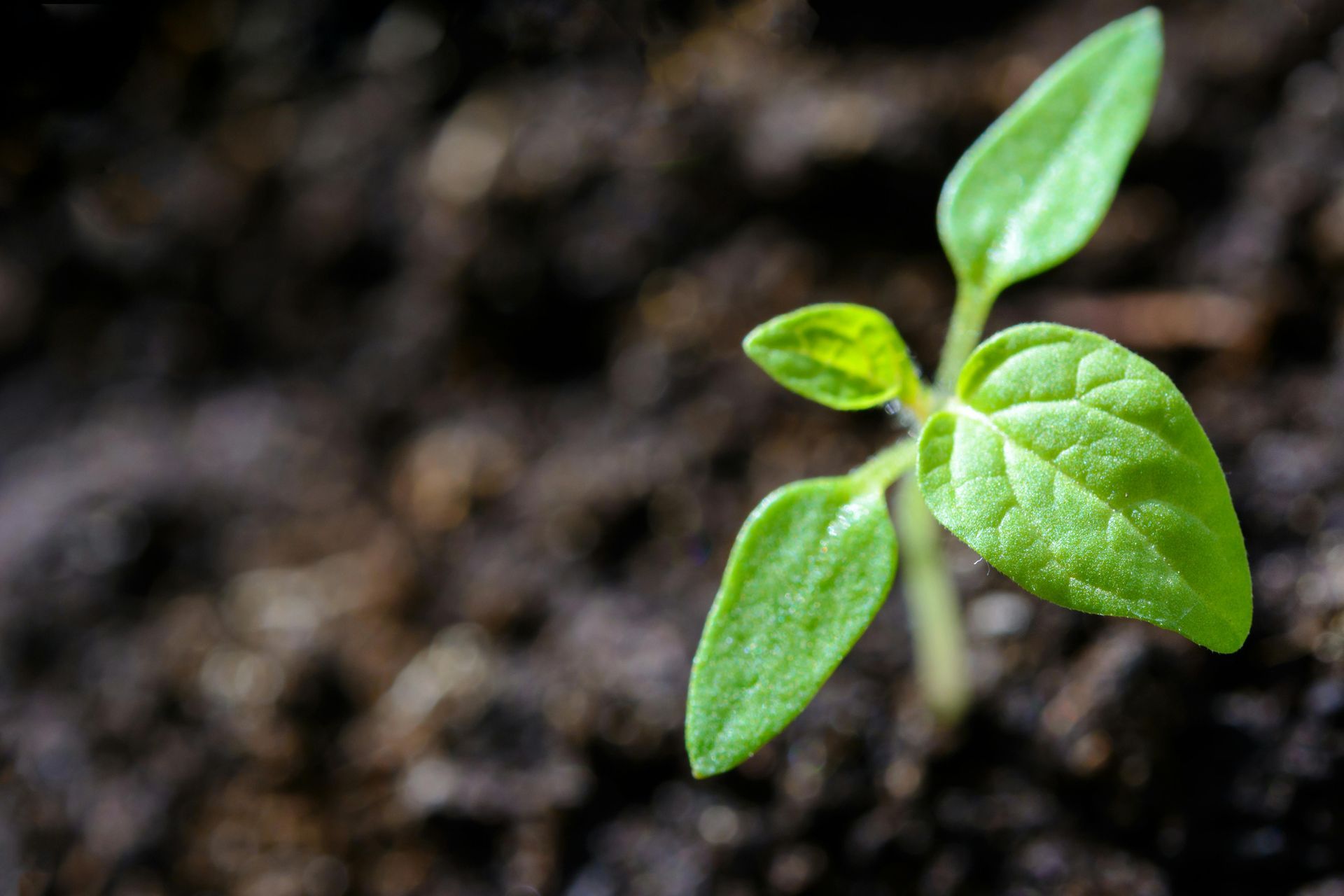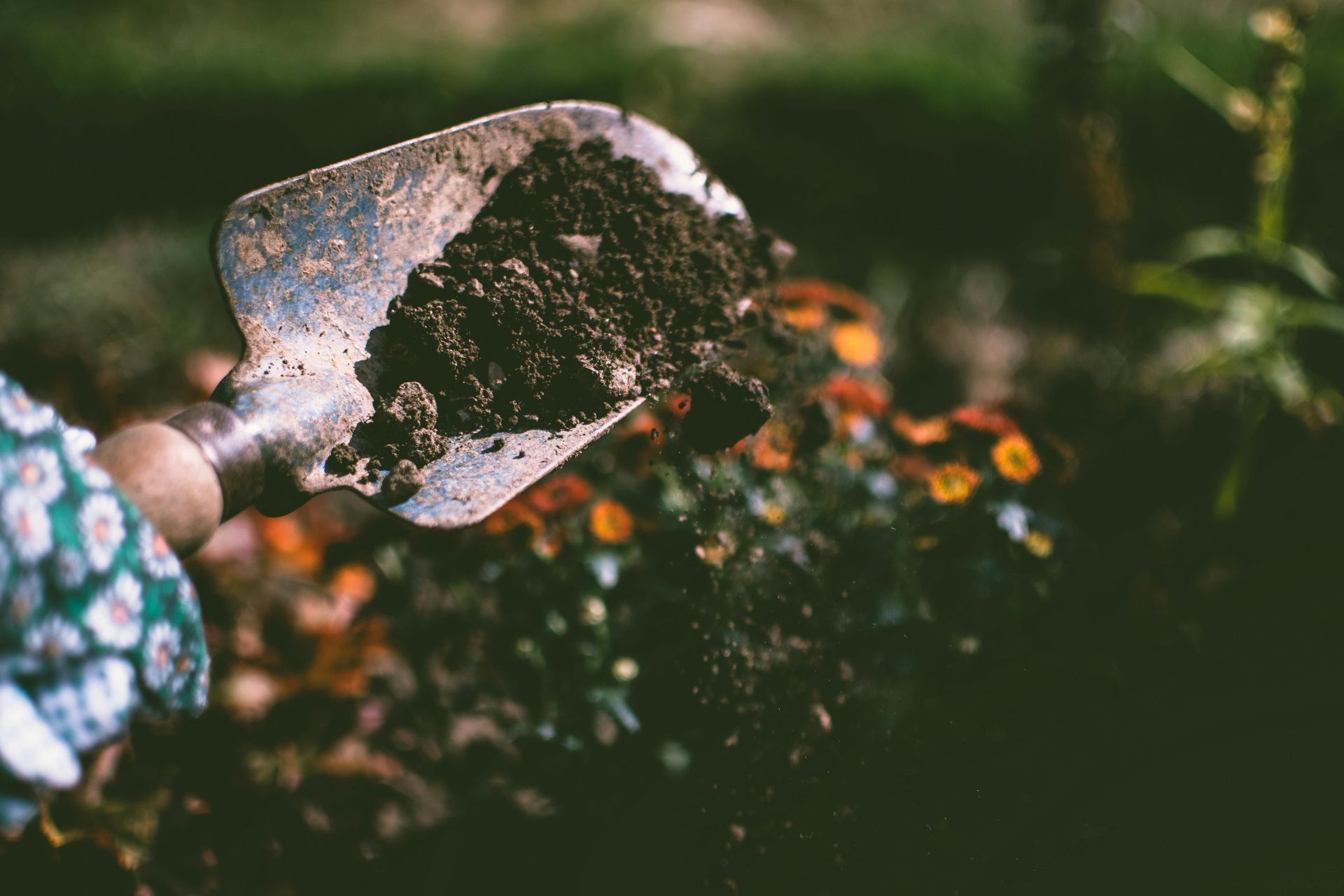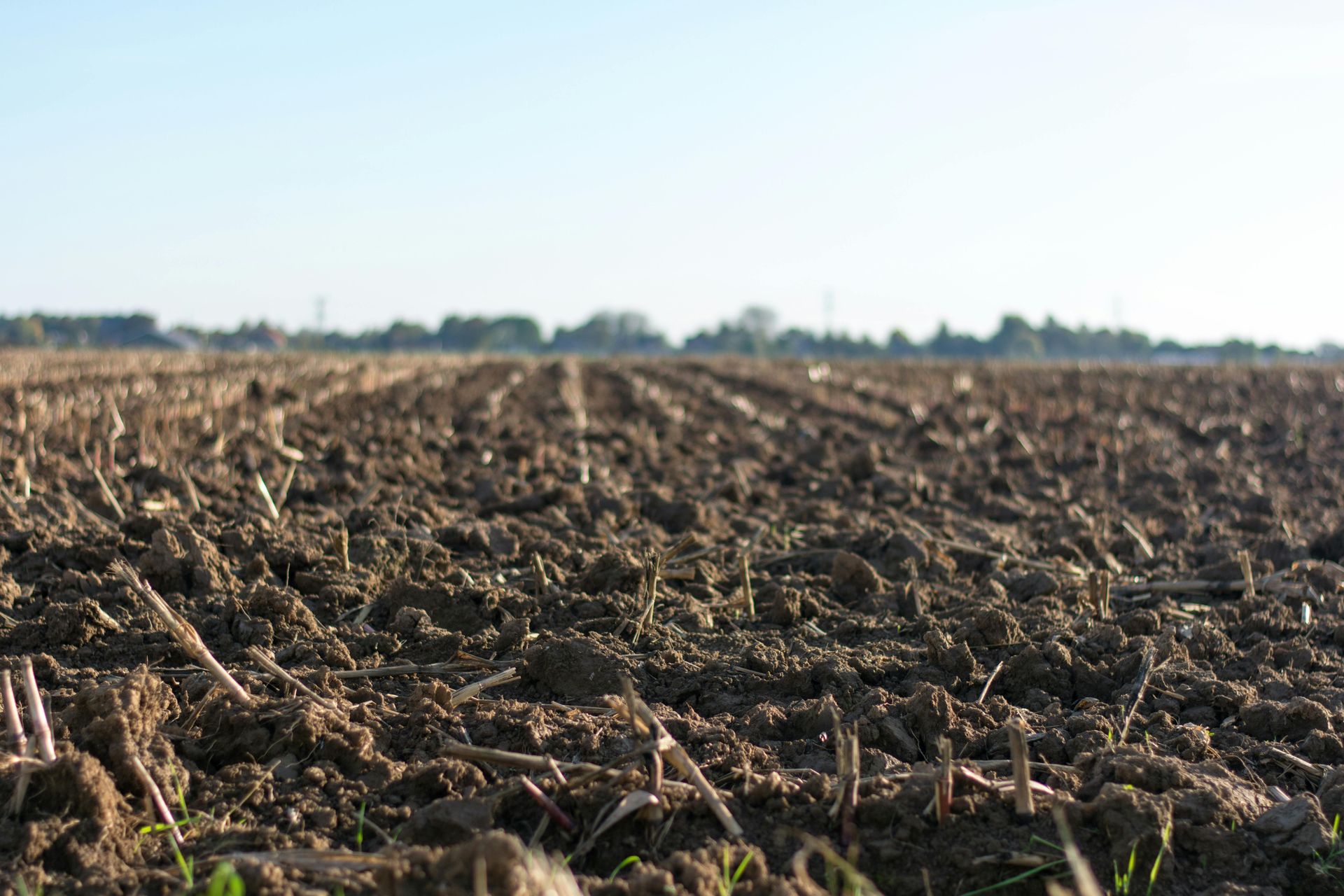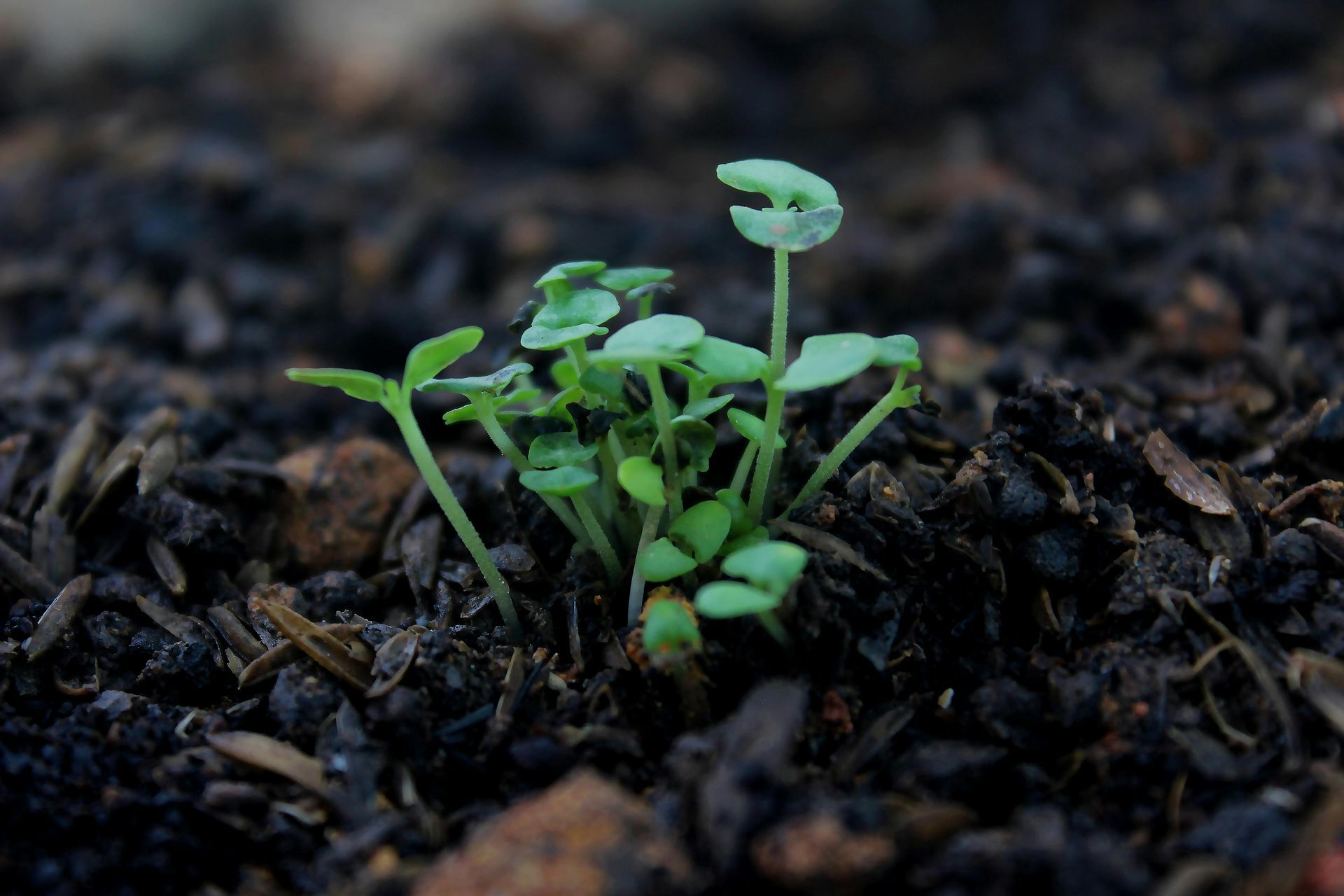Trees are an integral part of Montgomery's landscape, providing beauty, shade, and ecological benefits. However, their health is intricately linked to the soil they grow in. Understanding and maintaining soil health is crucial for vibrant, thriving trees in Alabama's capital city.
Soil health refers to the soil's ability to sustain plant and tree growth, incorporating factors such as nutrient content, structure, moisture levels, pH balance, organic matter, and microbial activity. Healthy soil ensures robust root development, optimal nutrient uptake, and overall tree vitality.
In Montgomery, common soil issues include compaction, poor drainage, low nutrient levels, and clay-heavy composition. These problems can lead to stunted tree growth, yellowing leaves, and poor root systems. To assess soil health, methods such as soil sampling and lab analysis are essential. Indicators of poor soil health often include visible signs of tree distress like stunted growth or discoloration.
Improving soil health involves various techniques: aerating compacted soil, adding organic matter like compost and mulch, correcting pH imbalances, and implementing proper irrigation practices. Sustainable practices such as mulching, composting, and planting cover crops can also enhance soil quality while minimizing chemical use.
Professional tree care services play a vital role in maintaining soil health. Tree care specialists can assess and improve soil conditions, ensuring your trees receive the nutrients and care they need in Montgomery's specific climate. Regular soil health check-ups by professionals can prevent issues before they become severe, fostering healthier trees.
Soil health is foundational to tree health in Montgomery. By understanding and managing soil conditions, residents can ensure their trees remain healthy and vibrant, contributing to the beauty and ecological balance of the city. For the best results, consider seeking professional help from local tree care experts familiar with Montgomery's unique soil conditions.



